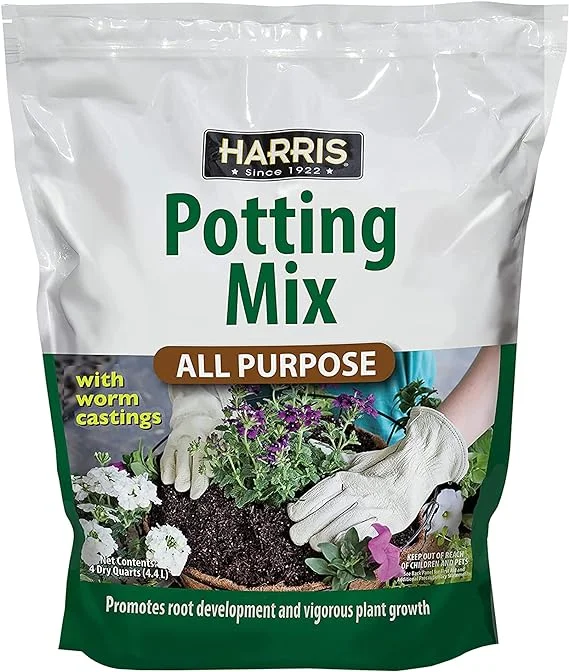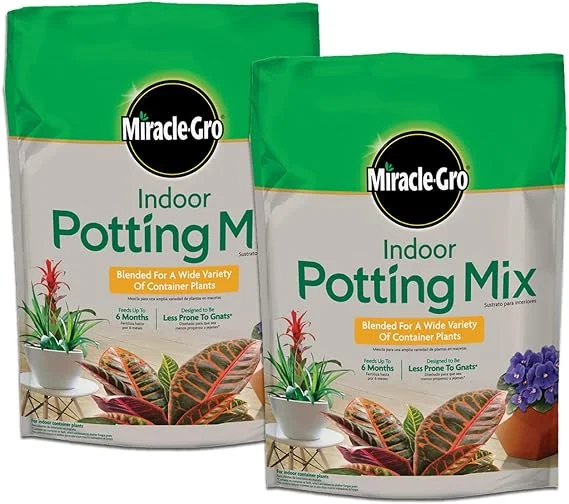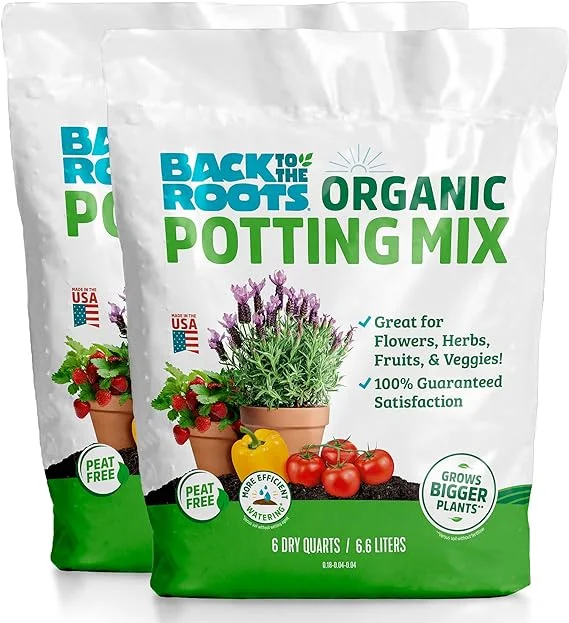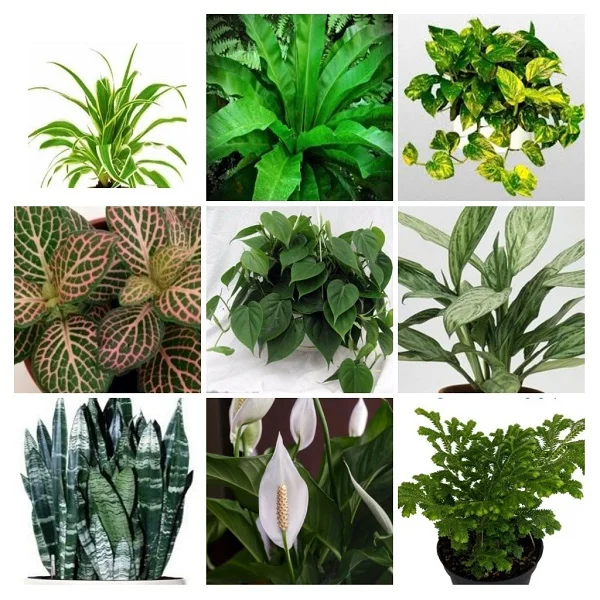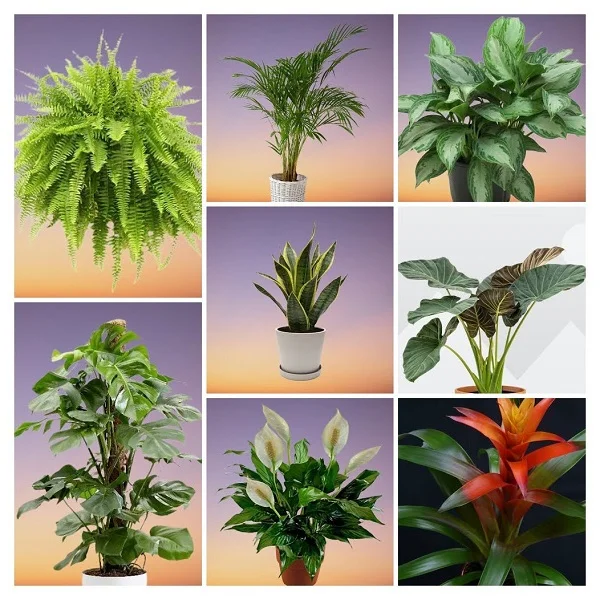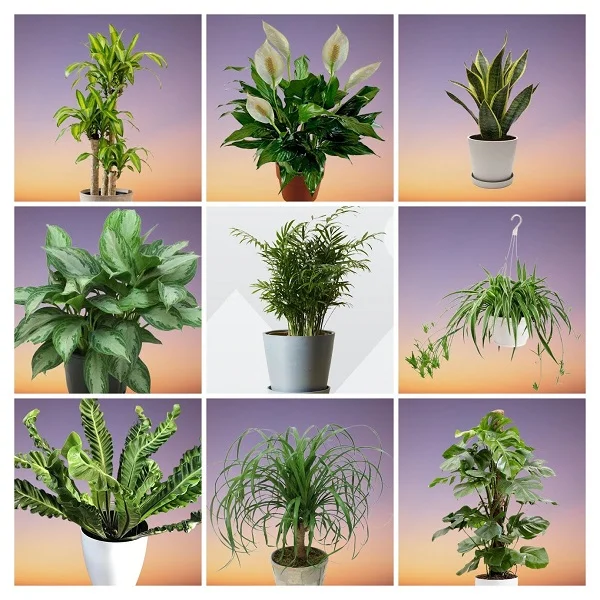Dracaena draco (Dragon Blood Tree) Care Indoors, Propagation, Common Problems & Solutions
Some links in this post may be affiliate links
Dracaena draco (Dragon Blood Tree) thrives in bright indirect light, average warmth, moderate humidity and consistently moist, rich, well-drained soil coupled with monthly feeding in the growing season.
Dracaena draco also called Canary Islands Dragon Tree, Dragon Tree or Drago is among the hardy Dracaena varieties and features a gray trunk topped with tough sword-shaped green leaves.
When the Dragon Tree bark and leaves are cut, they secrete a reddish resin which is one of the substances known as 'dragon's blood', hence the common name.
When grown in good light, the leaves in Dragon Plant are red-edged. Naturally, the old foliage arches downwards.
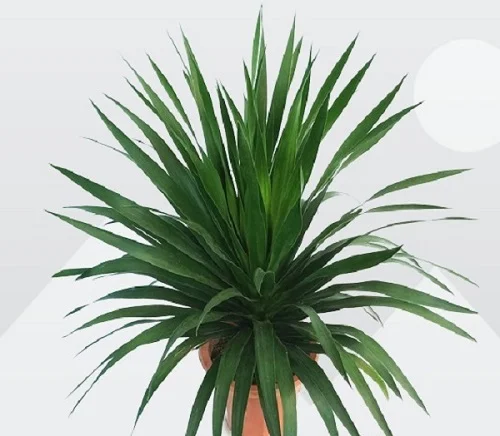
Botanical name: Dracaena draco
Family: Asparagaceae
Subfamily: Nolinoideae
Common names: Dragon Blood Tree, Canary Islands Dragon Tree, Dragon Tree, Drago
Origin
Dracaena draco is native to Canary Islands, Cape Verde, Madeira and western Morocco.
Size
In its natural habitat Dragon Tree is a giant tree but indoors it only grows to a height of about 4 feet. It is a slow grower, taking about 10 years to reach the height of 4 feet. Dragon Plant is one of the best tree-like indoor plants.
Is Dracaena draco poisonous?
Yes. According to ASPCA, Dragon Blood Tree is toxic to both humans and pets. The leaves contain alkyds which if ingested may cause vomiting, diarrhea, drooling, loss of appetite and depression.
How do you care for Dracaena draco indoors?
Caring for Dracaena draco indoors entails providing bright indirect light (filtered light), average warmth of 16-270C, humidity of 50-55% and consistently moist, rich, well-drained soil coupled with monthly feeding in spring and summer.
Dragon Tree care needs repotting only when extremely pot-bound as it grows best when slightly root-bound. Pruning is necessary to keep the plant neat and as well as discourage pest and disease infestations. Keep reading for more on these growing conditions and how to provide them.
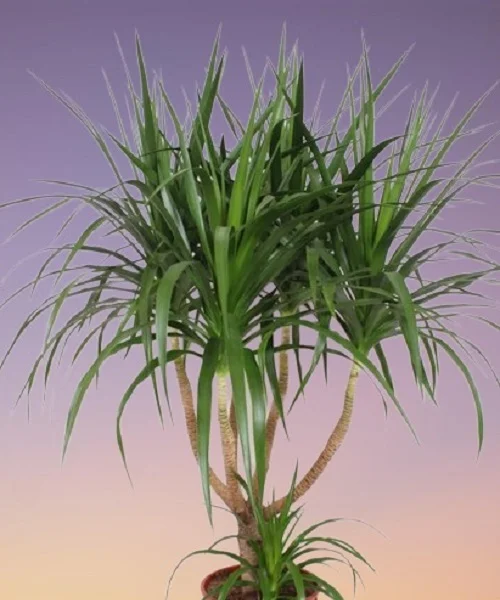
Light Requirements
Where is the best place to put a Dragon Tree?
Put a Dragon Tree in bright indirect light; a spot near a large, well-lit window. Bright light is necessary for the development of the red-edged leaves. Keep it away from direct sunlight to prevent scorching of the leaves.
In low light the plant will become stunted and also lose its variegation. Therefore, use a grow light if you do not have adequate light in your home..
Rotate the pot regularly to make sure that the plant receives light on all sides for even growth.
Watering
How often should I water a Dragon Tree?
Water your Dragon Tree thoroughly in spring and summer until water drips through the drainage hole. Allow the top 1-2 inches of soil to dry out between waterings. Keep the soil consistently moist but not soggy to prevent rotting, yellowing and leaf drop.
Cut down on watering in fall and winter to maintain the soil slightly moist as growth is minimal at this time. Do not allow the soil to dry out completely to prevent wilting and leaf loss.
Use water that is at room temperature to prevent cold shock which can lead to stunted growth and leaf fall. Ascertain that the water is free of chlorine, flourides and other chemicals to prevent brown leaf tips and edges.
Ensure that the pot has a drainage hole and the soil is free-draining to prevent waterlogging can result in root-rot and death of the plant.
Avoid wetting the tree trunk as it can lead to stem rot at the soil level. Take care not to wet the foliage to minimize fungal diseases.
Temperature & Humidity
Dracaena draco prefers an average warmth of 16-270C. Keep it away from sources of drafts like AC units, stoves, hot air vents, windy doors and others as they cause sudden temperature flactuations which can result in stunted growth, yellowing, leaf drop and eventual death of the plant.
Dragon Blood Tree prospers in a humidity of 50-55%. However, if the air is too dry, it may respond with brown leaf tips. Therefore, to increase humidity, set the pot on a wet pebble tray, use a cool mist humidifier or group the plants together. Maintain a good air flow to depress fungal diseases.
Fertilizer
What is the best fertilizer for Dragon Tree?
Feed your Dragon Tree with a balanced, water-soluble fertilizer every 3-4 weeks in spring and summer to promote a healthy, lush growth. Withhold feeding in fall and winter to prevent fertilizer burn as growth is reduced at this time.
Regularly, flush out accumulated salts from the soil by running a stream of water through the soil until the water comes out through the drainage hole. Allow it to run for a few minutes and repeat several times.
Potting Soil
What kind of soil does Dragon Blood Tree like?
Dragon Blood Tree likes a rich, loose, free-draining soil to prevent waterlogging. All purpose potting mixes are ideal for this plant.
Repotting
Repot your Dragon Tree at the beginning of the growing season (spring to early summer), when roots begin to grow through the drainage holes; it prefers to be slightly pot-bound.
Select a pot at least 6 inches wider than the tree-trunk and ensure that it has a drainage hole to avoid getting soggy soil. Check out these pots with drainage holes on Amazon.
Do not allow the roots to sit in soggy soil as it can lead to root-rot and eventual death of the plant.
Pruning & Grooming
Pruning Dragon Blood Tree involves removal of dead and yellow leaves to maintain the plant neat and minimize pests and diseases. The plant is a slow grower and does not require regular pruning.
Occasionally clean the leaves by damp-wiping with a soft cloth to get rid of dust as well as reduce pest and disease infestations.
Dracaena draco Propagation
Dracaena draco is best propagated from stem cuttings at beginning of the growing season (spring to early summer) when in active growth.
Propagating Dracaena draco from stem cuttings
- Take 2-3 inches long stem cuttings from a healthy branch. Ensure each cutting has some leaf nodes as this is where new growth will come from.
- Fill a rooting container with free-draining rooting soil. Lightly moisten the soil.
- With a pencil or similar object, make a hole in the moist rooting mix. The hole should be slightly wider than the diameter of the cutting.
- Dip the lower cut-end of the cuttings in a rooting hormone to hasten rooting.
- Insert 1-2 inches of coated stem of the cutting in the previously made hole in the moist rooting mix and slightly firm the soil around the cutting base.
- Cover the container with clear polythene sheet or plastic bag. Prop it up with sticks to prevent it from touching the cuttings excessively.
- Place the set up in bright indirect light away from direct sunlight to avoid scorching.
- Maintain the soil moist through out until the new plants are well established after which you can begin routine care.
Related Content: How to Propagate Dracaena Plants (4 Propagation Methods)
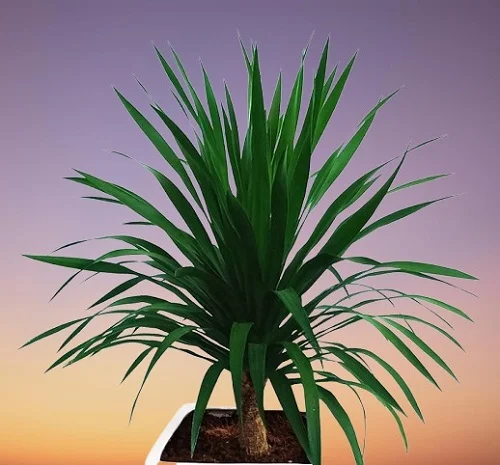
Dracaena draco Problems & Remedies
Dragon Blood Tree problems are yellow leaves, plant dying, leaf fall, brown leaf tips and edges, pests and diseases among others. Keep reading for more on these problems and their solutions.
Yellowing leaves
Why are my Dragon Tree leaves turning yellow?
Your Dragon Tree leaves are turning yellow due to too little light, inconsistent watering, soggy soil, nutrient deficiency, temperature stress, direct sunlight and aging.
How to fix it
Too little light: Move the plant to a brighter spot or instal a grow light if the natural light is not enough.
Inconsistent watering: Do not water on a schedule. Water only when the top 1-2 inches of soil dry out.
Soggy soil: Use a well-draining soil and a pot with a drainage hole.
Nutrients deficiency: Apply a balanced, water-soluble fertilizer every 3-4 weeks in spring and summer.
Temperature stress: Keep the plant away from drafts coming from hot surfaces, hot air vents, AC units, windy doors, drafty windows among others.
Direct sunlight: Move the plant to a more shaded spot or use a light curtain to shield it from the sunshine.
Aging: This is a natural process; as the plant matures the lower leaves turn yellow and fall off.
Check out these 14 Reasons why a Dracaena Leaves are Yellowing and their Solutions
Plant dying
Why is my Dragon Tree dying?
Your Dragon Tree may be dying due to too little light, incorrect watering, soggy soil, temperature stress, use of too cold water or salts buildup.
How do you revive a dying Dragon Tree?
Too little light: Position the plant in a brighter spot or instal a grow light if the natural light is not adequate.
Incorrect watering: Do not water on a schedule. Water only when the top 1-2 inches of soil dry out.
Soggy soil: Use a pot with a drainage hole and a well-draining soil.
Temperature stress: Keep the plant away from sources of drafts like hot surfaces, hot air vents, AC units, windy doors among others.
Too cold water: Use water that is at room temperature to prevent cold shock.
Salts buildup: Leach out accumulated salts by running a stream of water through the soil until the water comes out through the drainage hole.
Leaf fall
Why are the leaves falling off my Dragon Tree?
Leaves are falling off your Dragon Tree due to too little light, drafts, dry air, inconsistent watering or pest infestations.
How to fix it
Too little light: Move the plant to a brighter spot or use a grow light if the natural light is not sufficient.
Drafts: Keep it away from sources of drafts like AC units, drafty windows, hot air vents, windy doors among others.
Dry air: Set the pot on a wet pebble tray, use a humidifier or group the plants together to elevate humidity.
Inconsistent watering: Water when the top 1-2 inches of soil feel dry but do not allow the soilball to dry out completely. Do not water on a schedule.
Pests infestations: Regularly check underneath and between the leaves for these pests and carry out timely control measures.
Brown leaf tips and edges
Brown leaf tips and edges on Dragon Blood Tree are caused by low humidity, underwatering, salts buidup or drafts.
How to fix it
Low humidity: Set the pot on a wet pebble tray or use a cool mist humidifier to increase humidity. You may also grow the plant in a well-lit bathroom and other humid areas in the home.
Underwatering: Maintain the soil consistently moist in spring and summer and slightly moist in fall and winter but do not allow the soil to dry out completely.
Salts buildup: Use chemical free water like rain water or filtered water. Regularly flush out salts from the soil by running a stream of water through the soil.
Drafts: Keep the plant away from drafts to maintain an average warmth of 16-270C.
Pests
Common pests on Dragon Blood Tree are spider mites, mealybugs and scale insects.
How to fix it
- Isolate the affected plant to prevent spread to the other plants.
- Treat the affected plant with neem oil or insecticidal soap as per the manufacturers instructions.
- Regularly check underneath and between the leaves for these pests and carry out timely control measures.
- Maintain the plant well pruned and upscale humidity to discourage the pests.
Diseases
Dracaena draco is prone to root-rot which is promoted by soggy soil. It is characterized by yellowing and wilting of the leaves which is rapidly followed by browning and plant collapse.
How to fix it
- Carefully slip the plant out of its pot and inspect the roots.
- Trim the brown-black, mushy roots and treat the healthy roots with a copper-based fungicidal solution. Ensure to follow the instructions on the label.
- Disinfect the pot with the fungicidal solution or use a fresh pot to repot the plant in fresh, well-draining soil.
- Do not water the plant immediately; keep it dry for 5-7 days before you resume watering.
- Use a pot with a drainage hole and well-draining soil to prevent waterlogging.
- Reduce watering in fall and winter to keep the soil slightly moist as growth is slowed at this time.
You liked it? Share on social media.
Related Content
Amazon Associates Disclosure
Homeplantsguide.com is a participant in the Amazon Services LLC Associates Program, an affiliate advertising program designed to provide a means for sites to earn advertising fees by advertising and linking to amazon.com.
